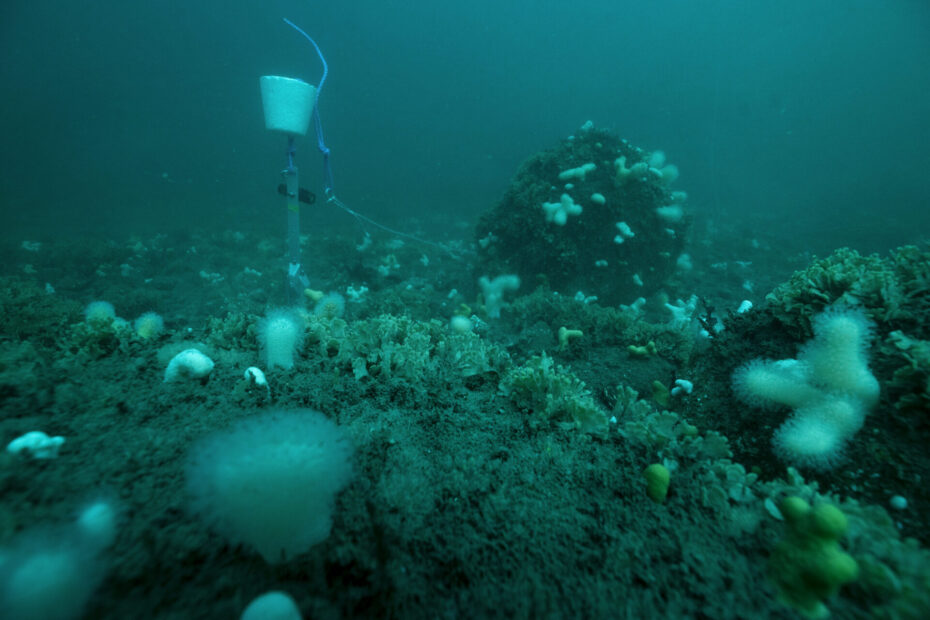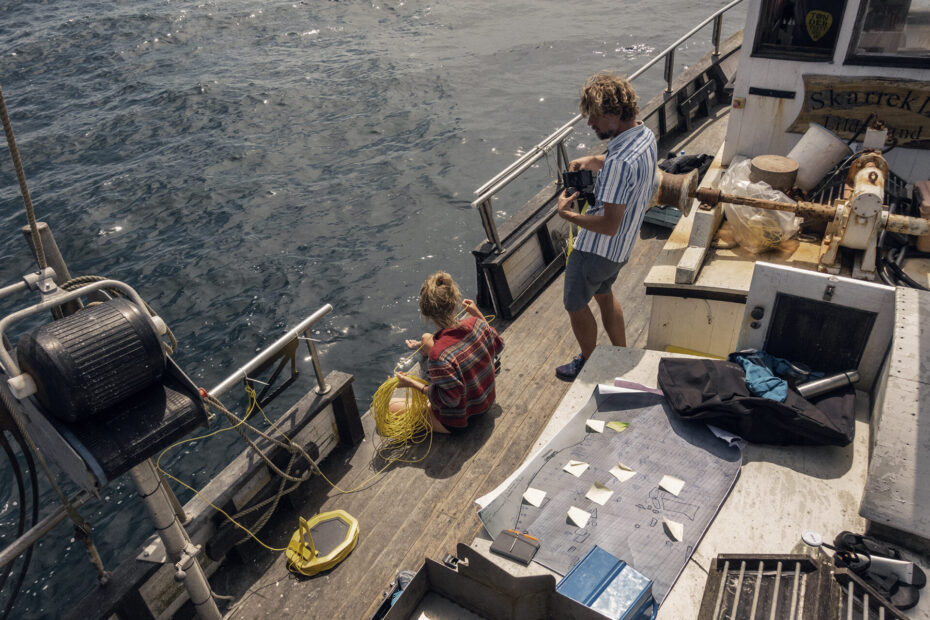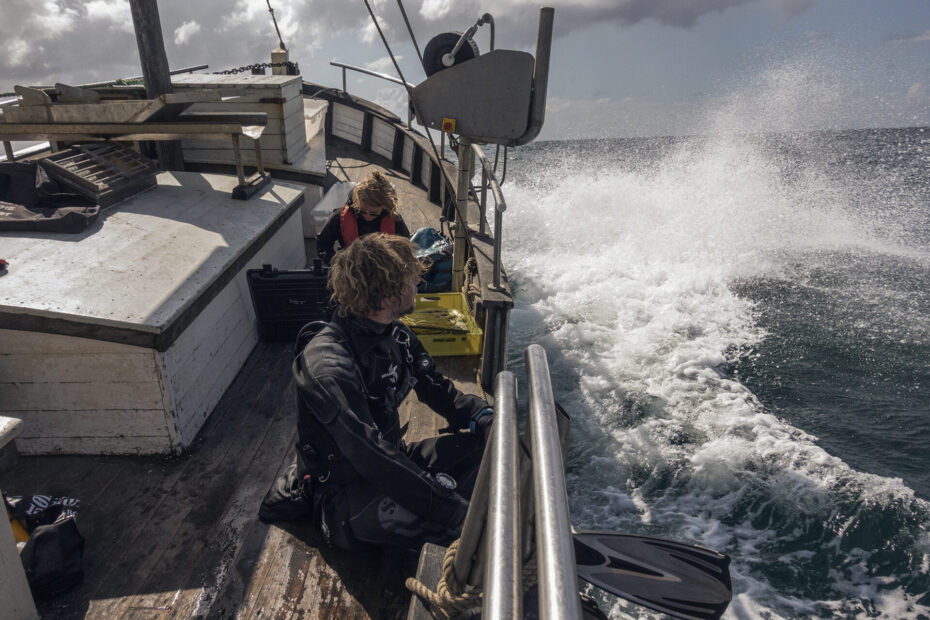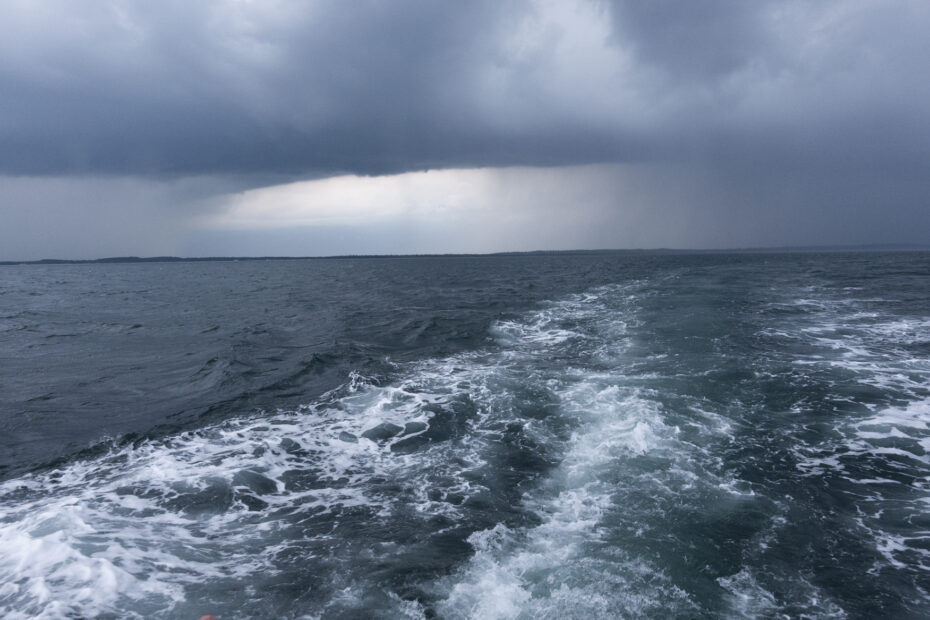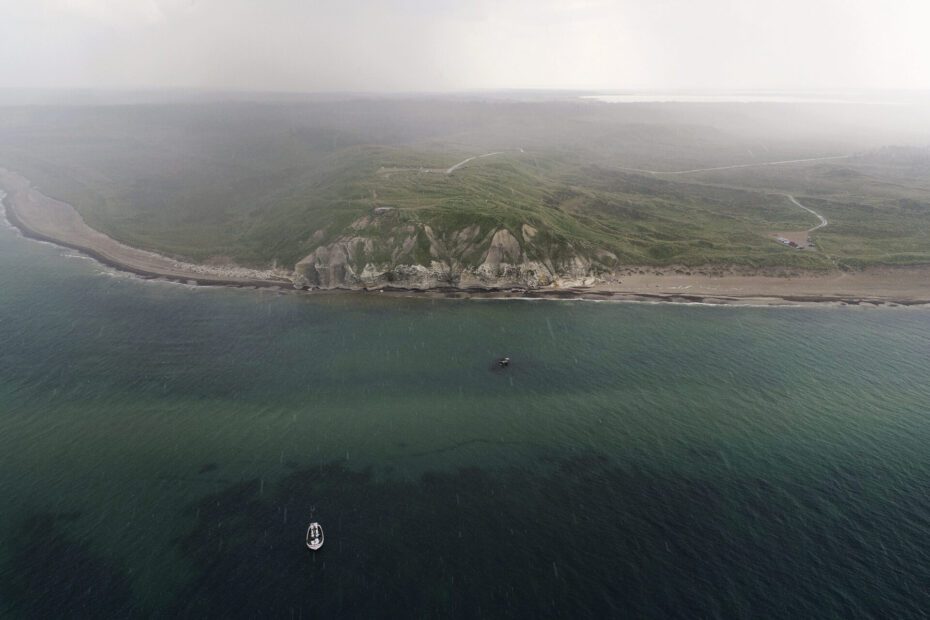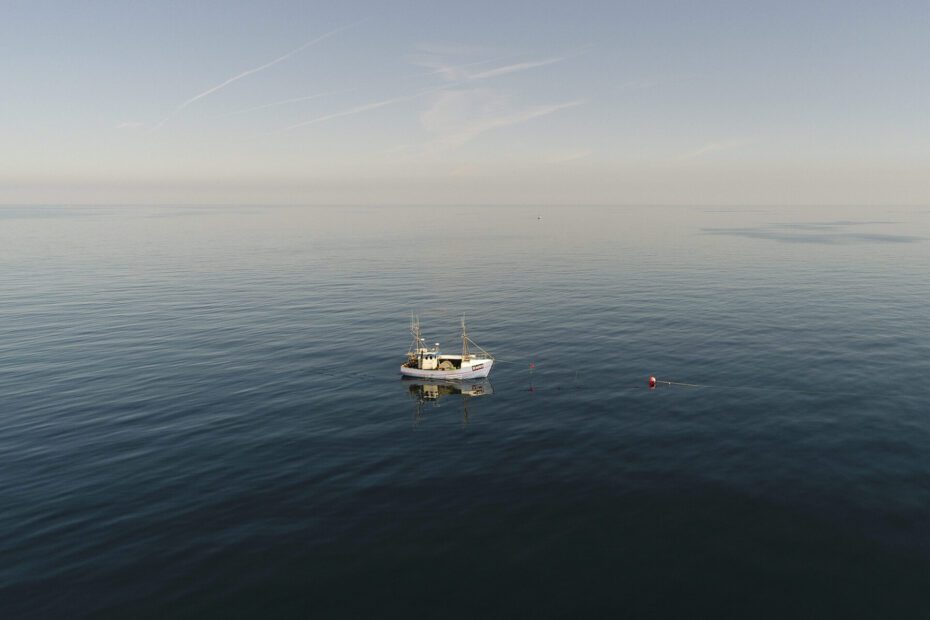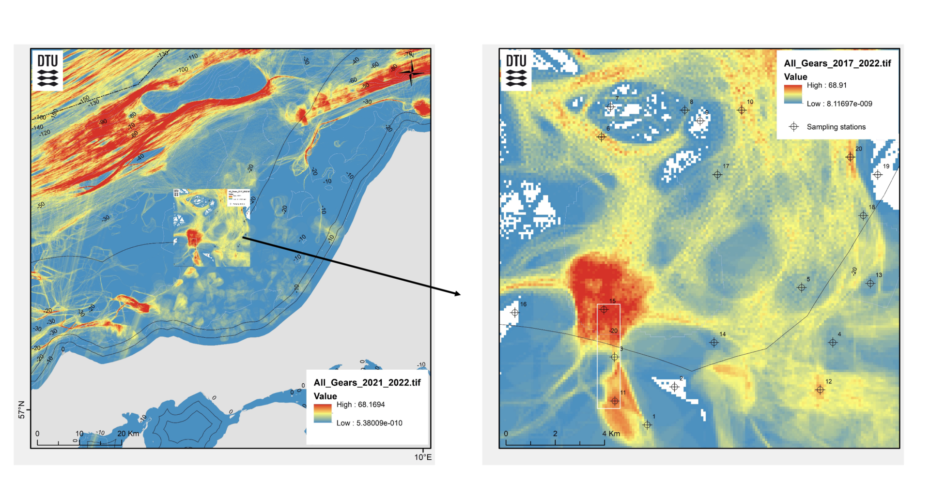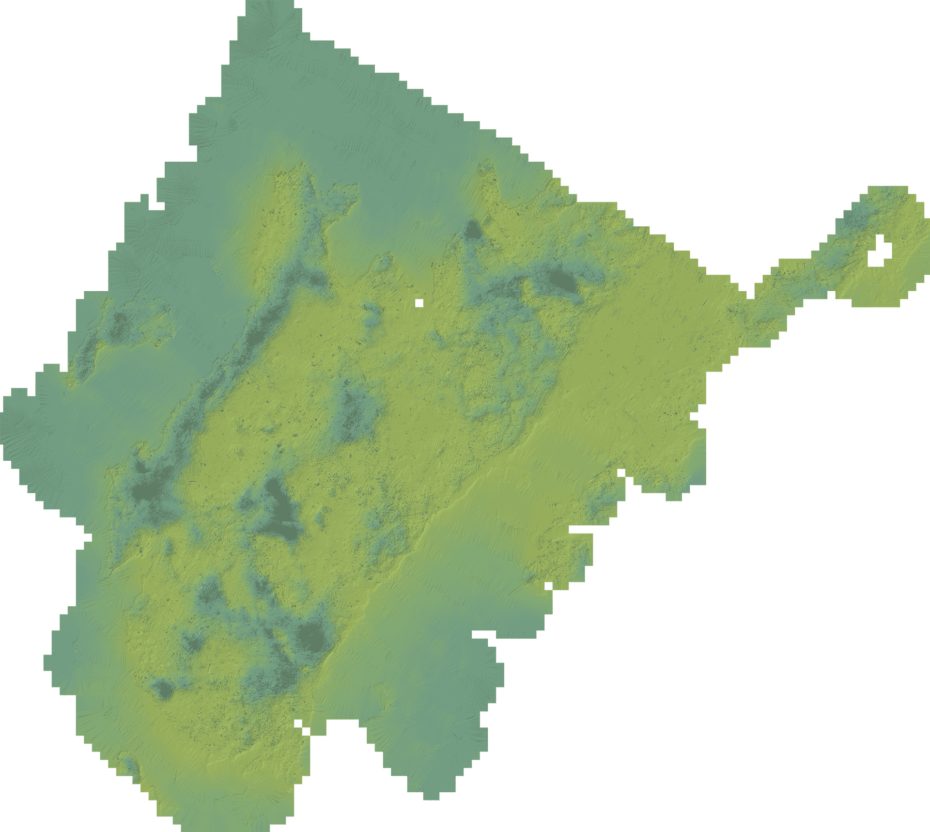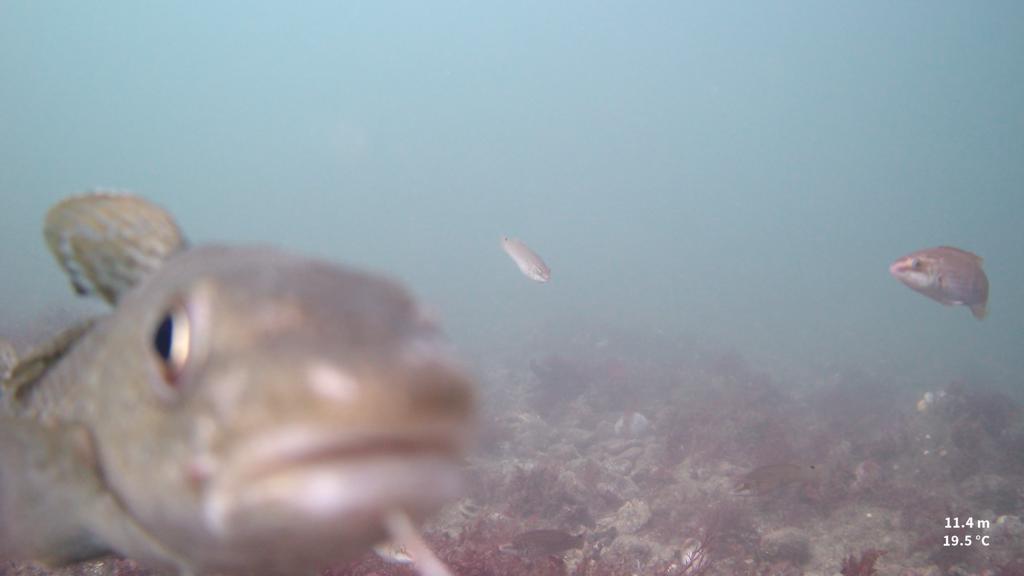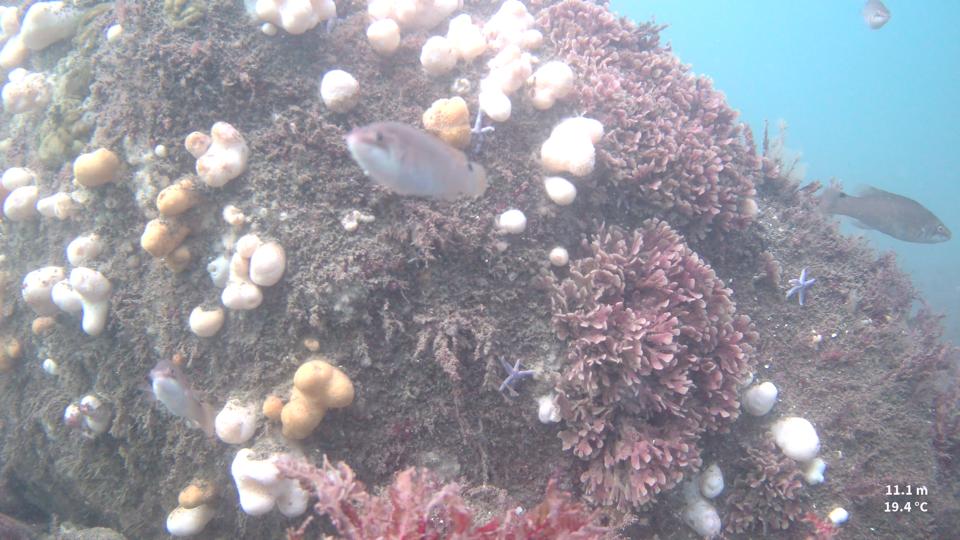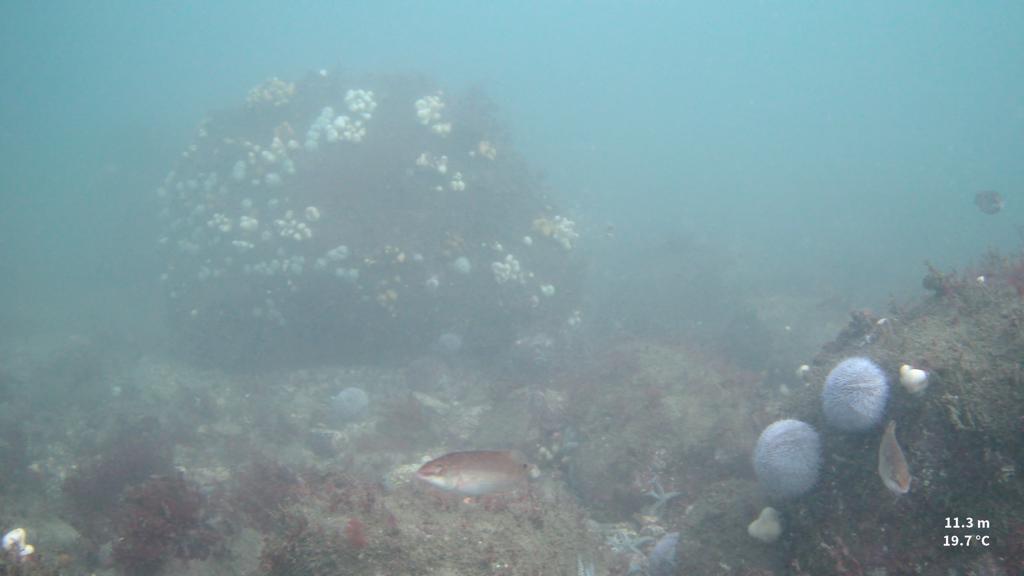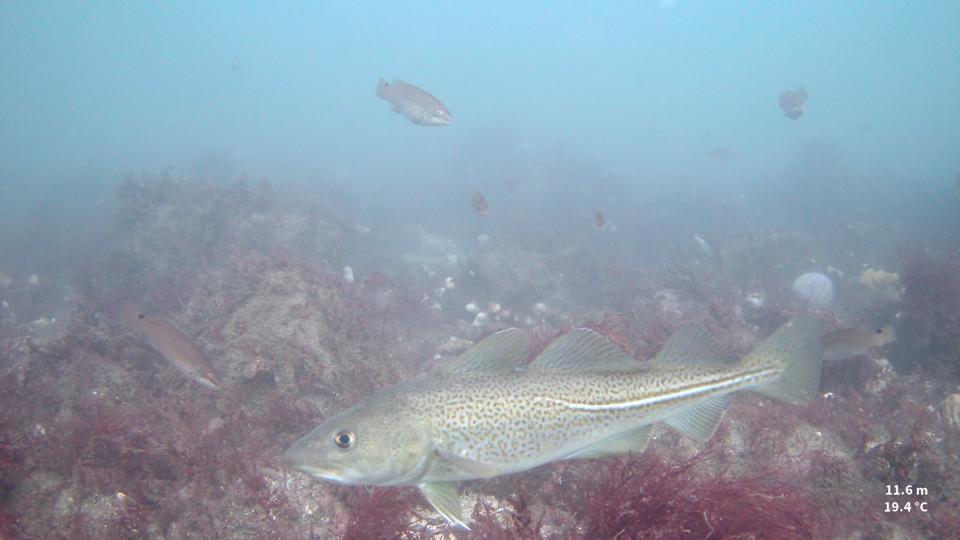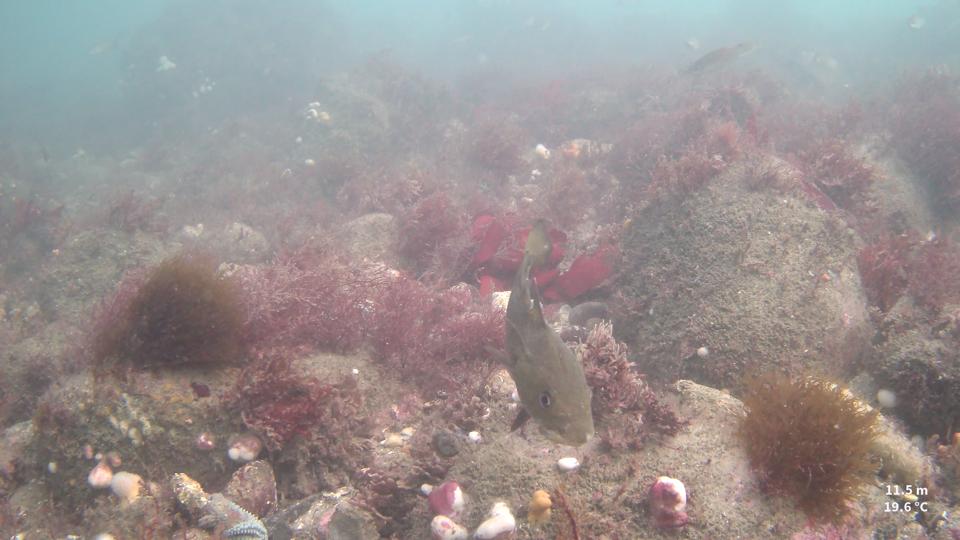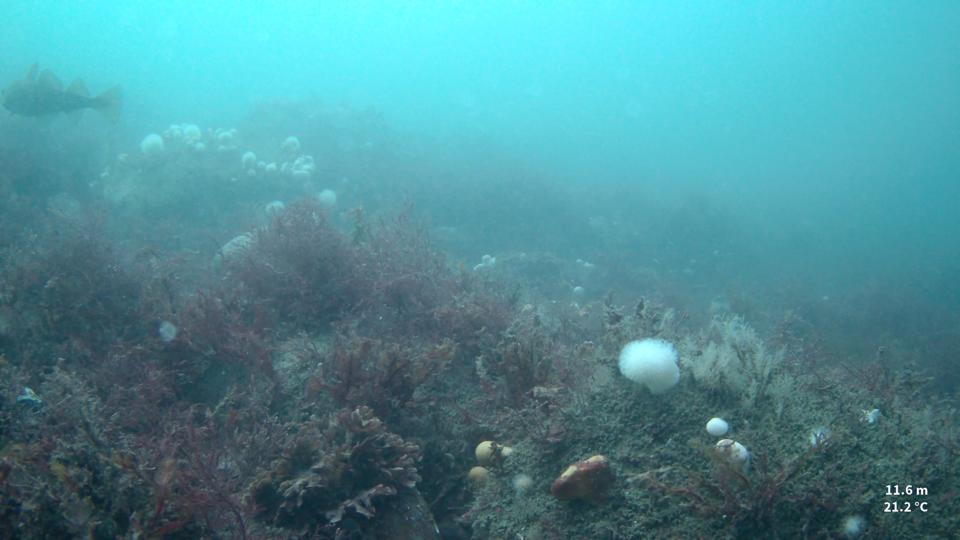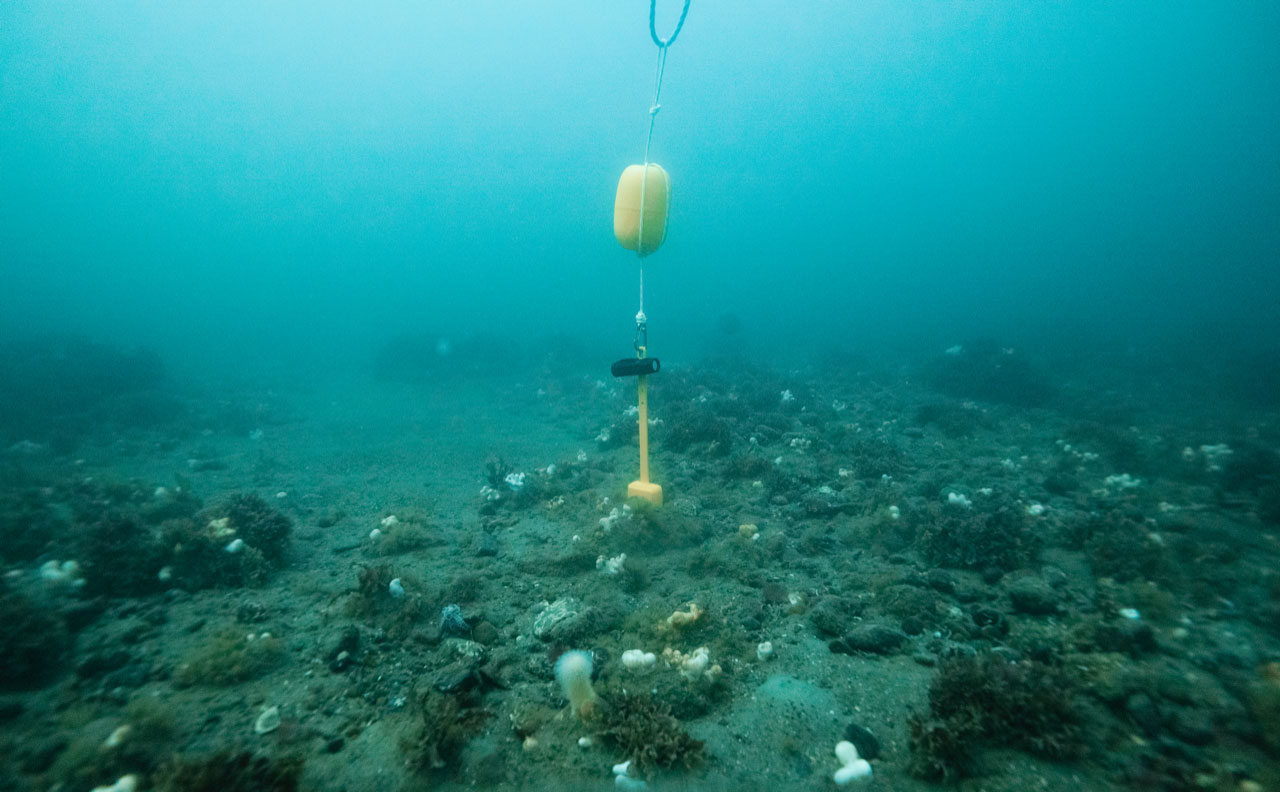Soft Corals in Denmark
A mapping project led by the conservationist Klaus Thymann has revealed an abundance of corals in Danish waters.
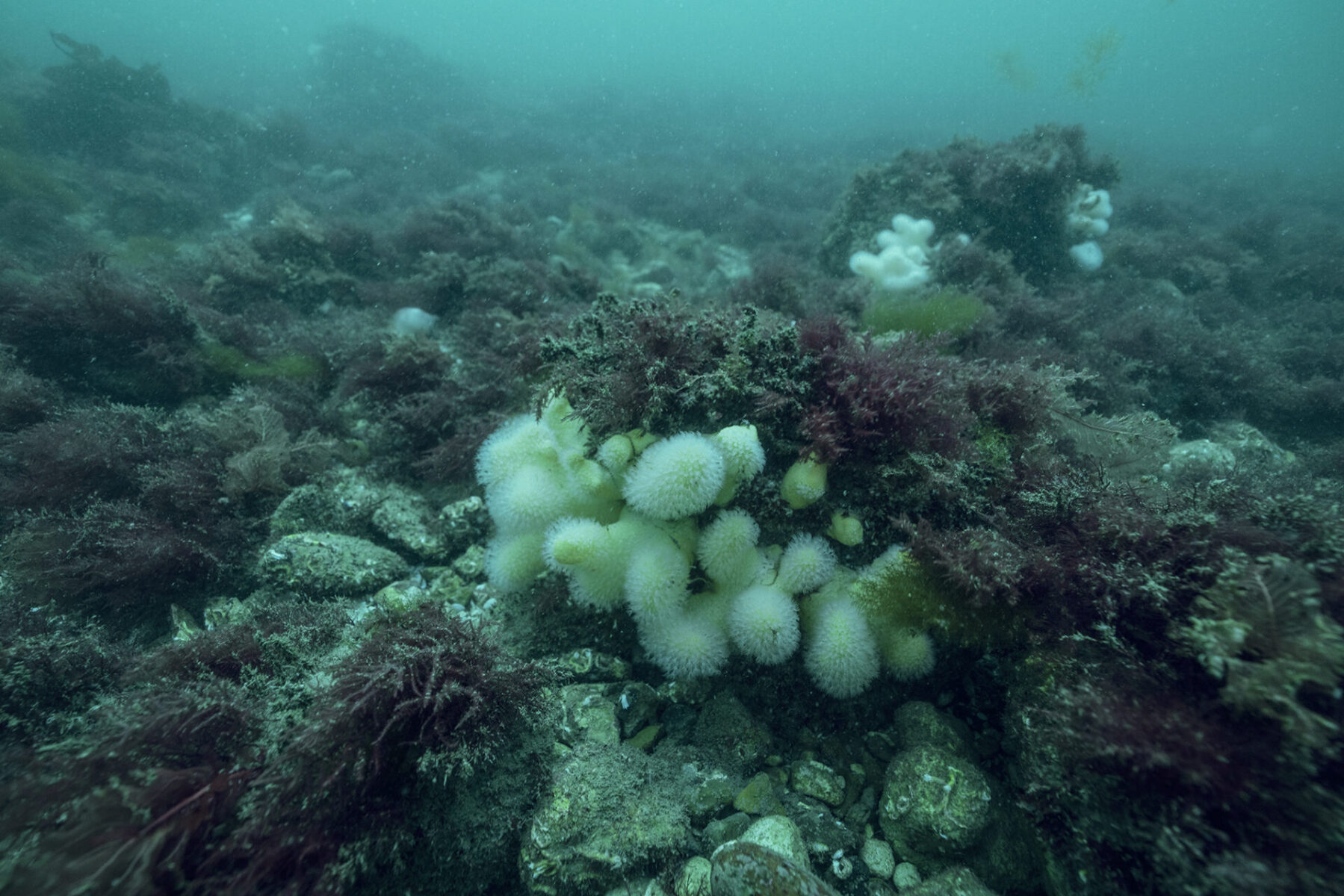
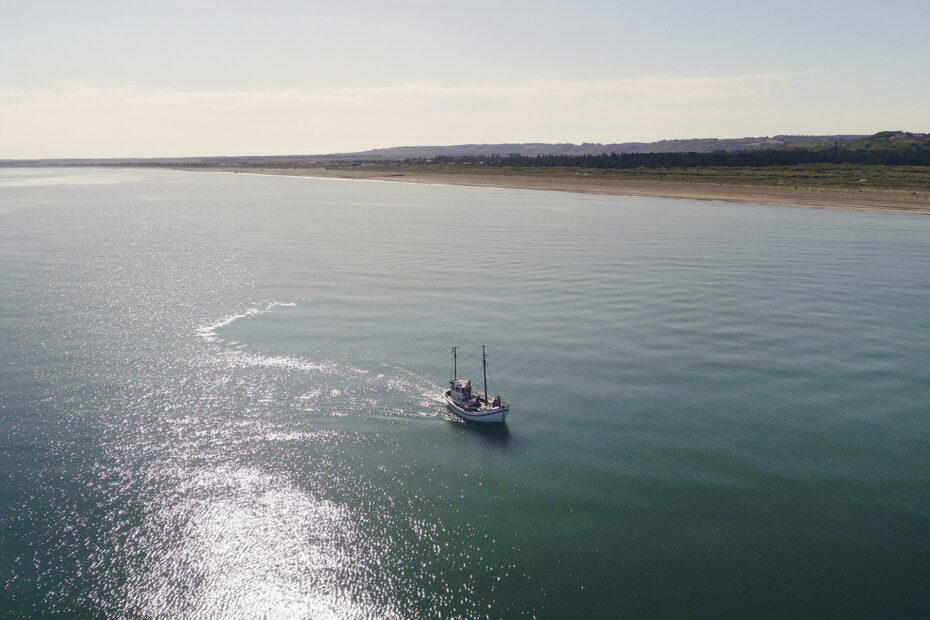
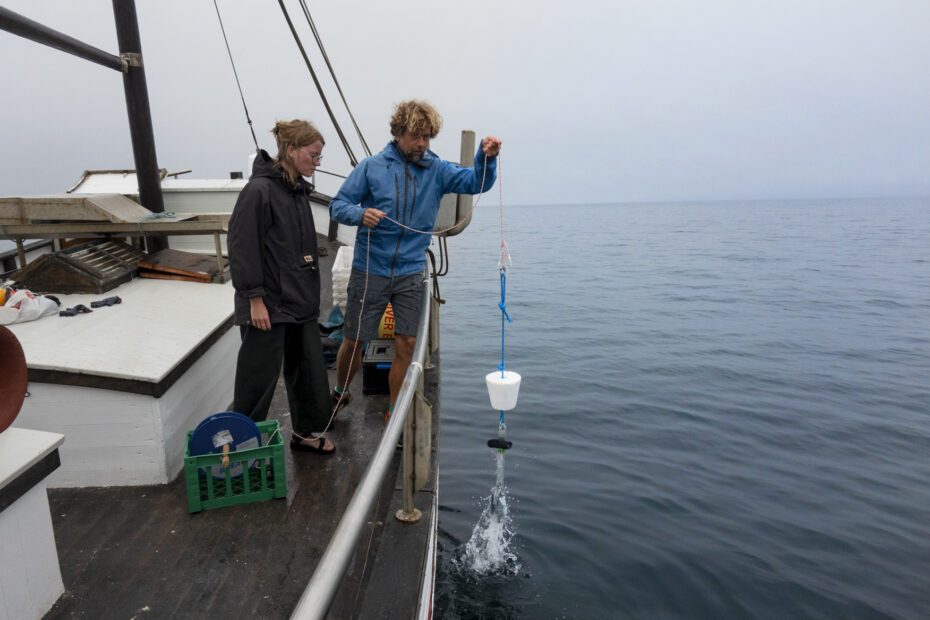
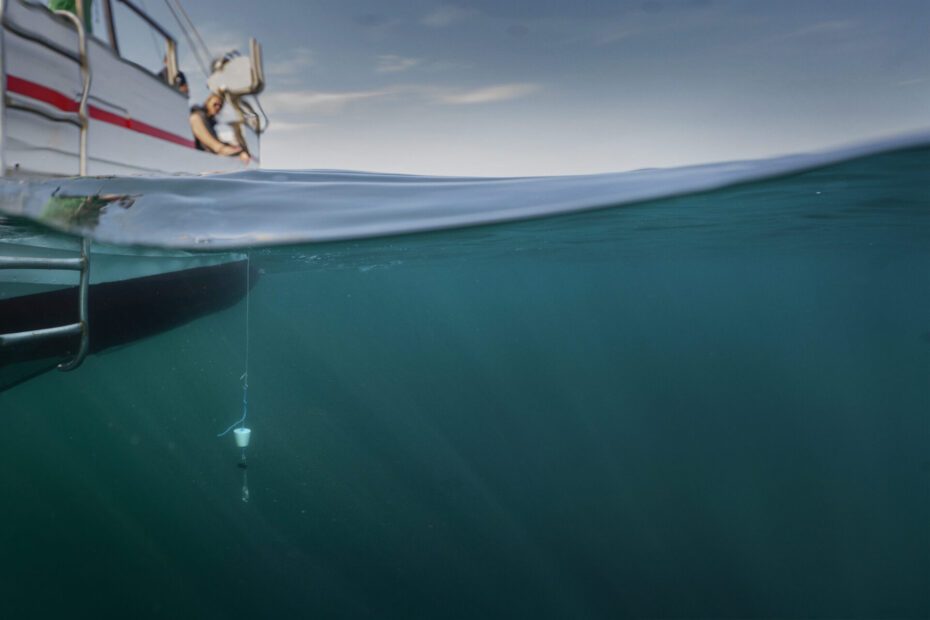
Denmark has more coastline than France. In this seafaring nation you cannot get further then 46 km from the sea anywhere on Danish soil, yet little is known about the seafloor surrounding the country. This changed in 2020 with a groundbreaking discovery by Klaus Thymann. While investigating the effects of beam trawlers on the sea floor of Jammer Bay’s fishing waters, Thymann stumbled upon an unknown and diverse world of sea life including a species of cold water corals called dead man’s fingers.
The dead man’s fingers are a fascinating species of coral, unique in their ability to survive in cold water environments. They are typically found in depths of 30-200 meters and are known for their distinctive, finger-like shape and bright yellow color. Despite their beauty, little is known about the biology of these corals and the role they play in the marine ecosystem.
The corals were found in areas believed to be sandy and barren, leading to the realization that the sea floor around Denmark is much more diverse than previously assumed. This discovery sparked Thymann to initiate a project to improve our understanding of the sea floor and the species that call it home.
The work is in collaboration with the Technical University of Denmark (DTU), Danish Institute for Study Abroad (DIS), and the local fishing community. DTU are in charge of fishing tools impact assessments, fishing pressure and more. Eiva, the Danish survey specialists, helped with a week-long multibeam survey creating a detailed seafloor map of selected areas.
Thymann has also invented and field-tested a new tool to support this research: a solution for mapping the seafloor along the coastlines that is low-cost, low-tech, and easy to operate. Thymann and his team have spent countless hours developing the technology, exploring the seafloor and collecting data. The goal of the project is to gather as much information as possible about the seafloor and the species that live there.
The discovery of these corals is a reminder of the vast unknown that still exists in our oceans. The seafloor is a mysterious and largely uncharted world, and the ongoing project is crucial in furthering our understanding of it. The findings of the project will have far-reaching implications for the scientific community, for the fishing industry and for conservation efforts.
The project will continue for another three years with the ultimate goal of gathering as much knowledge about the seafloor as possible. The findings will provide important insights into the diversity of marine life along Denmark’s coastline and will help us better understand the role that cold water corals play in the ecosystem. With the increasing pressure on our oceans from human activities, it is more important than ever to expand our knowledge and work towards a sustainable future for our seas.
